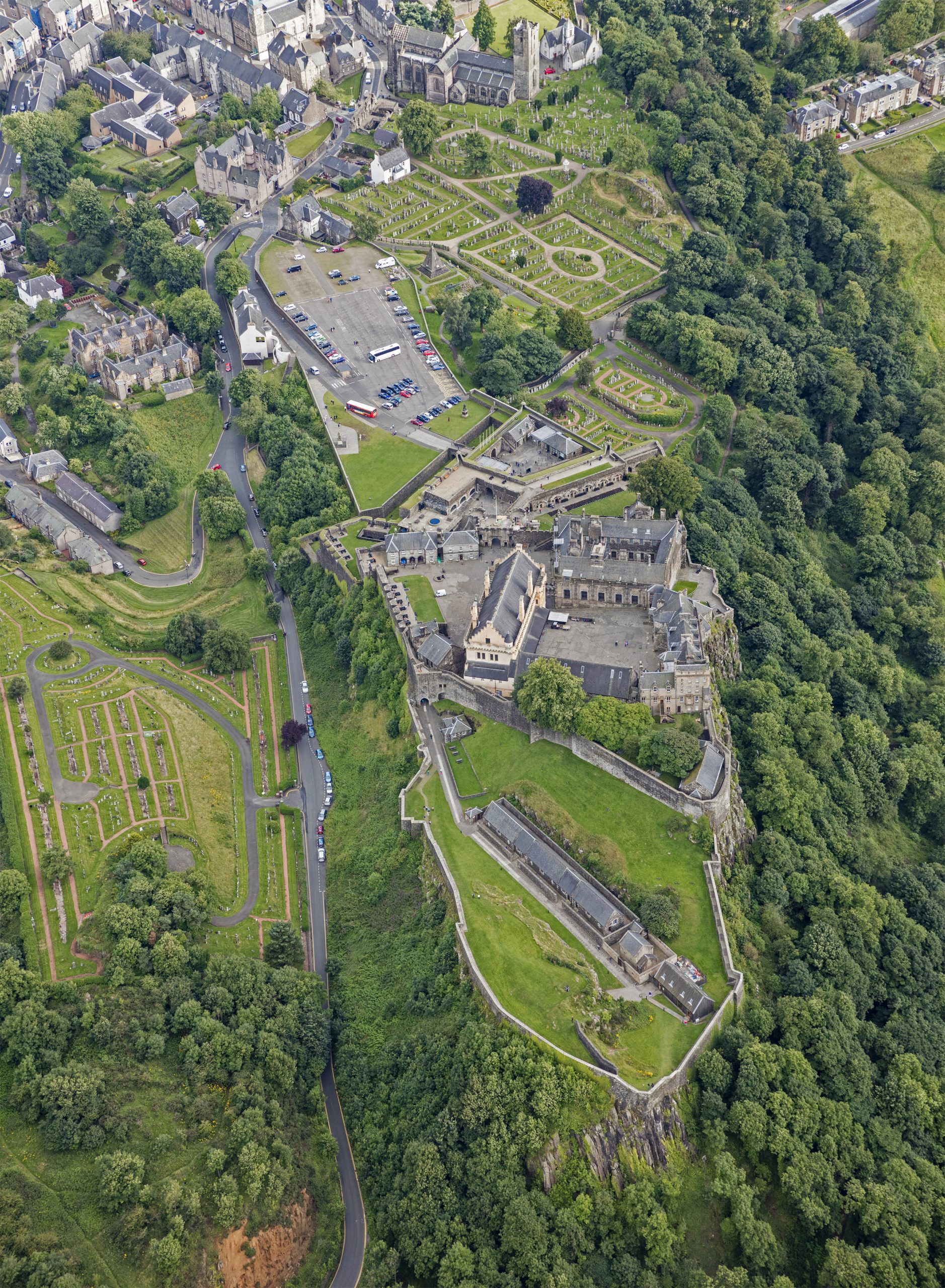The Battle of Stirling Castle, also known as the Battle of Bannockburn, was a pivotal event in Scottish history that took place on June 23–24, 1314. This decisive victory for Robert the Bruce, the King of Scots, marked a significant turning point in the First War of Scottish Independence and solidified his position as the rightful ruler of the kingdom.
The Significance of Stirling Castle

Stirling Castle was a crucial stronghold that controlled the crossing of the Forth River, a strategic location that had long been a point of contention between the Scots and the English. Robert the Bruce, who had been waging a campaign to wear down his Scottish opponents and the English regime in Scotland, recognized the importance of capturing this fortress to legitimize his kingship and free his kingdom.
Robert the Bruce’s Campaign

Prior to the Battle of Stirling Castle, Robert the Bruce had largely avoided major set-piece battles, instead employing guerrilla tactics to drive the English from Scotland. By 1314, only two major fortresses remained under English control: Berwick and Stirling Castle. The capture of Stirling Castle became a crucial objective for the Scottish king.
The Battle of Stirling Castle
Date and Location
The Battle of Stirling Castle, also known as the Battle of Bannockburn, took place on June 23–24, 1314, near Stirling Castle in Scotland.
Forces
The English army, led by King Edward II, consisted of approximately 13,000 infantry and 3,000 cavalry. The Scottish army, led by Robert the Bruce, had around 7,000 infantry and several hundred light horse.
Tactics
Robert the Bruce deployed his troops in the woods near the Bannock Burn, using cleverly constructed defences, including anti-cavalry ditches, to counter the English cavalry’s advantage.
Key Events
- First Day: On the first day, Robert the Bruce killed Sir Henry de Bohun, an English knight, in personal combat. The English withdrew for the night, while the Scots prepared for the next day’s battle.
- Second Day: The English launched multiple cavalry charges but were unable to break the Scottish lines. The Scots then moved their infantry forward, and the English were eventually routed.
Aftermath
Casualties
The English suffered heavy losses, including 34 barons and knights, and thousands of footmen killed or captured. The Scots claimed to have lost only two knights and several hundred infantrymen.
Significance
The Battle of Bannockburn marked a significant turning point in the First War of Scottish Independence. It demonstrated the superiority of infantry over cavalry and initiated a new form of warfare in Europe. The battle also greatly strengthened Robert the Bruce’s position as king, leading to the eventual recognition of Scottish independence in 1328.
Conclusion
The Battle of Stirling Castle, or the Battle of Bannockburn, was a pivotal moment in Scottish history that solidified Robert the Bruce’s position as the rightful King of Scots. Through his strategic deployment of troops and the superior performance of the Scottish infantry, Bruce was able to secure a decisive victory over the English forces, paving the way for the eventual recognition of Scottish independence. This battle remains a significant event in the annals of Scottish history and a testament to the resilience and determination of the Scottish people.
References:
- https://en.wikipedia.org/wiki/Battle_of_Bannockburn
- https://lostfort.blogspot.com/2010/03/stirling-castle-and-robert-bruce.html
- https://www.britannica.com/event/Battle-of-Bannockburn
- https://www.historic-uk.com/HistoryMagazine/DestinationsUK/The-Battle-of-Bannockburn/
- https://thecastleguy.co.uk/blog-post/stirling-castle-reason-battle-bannockburn/
